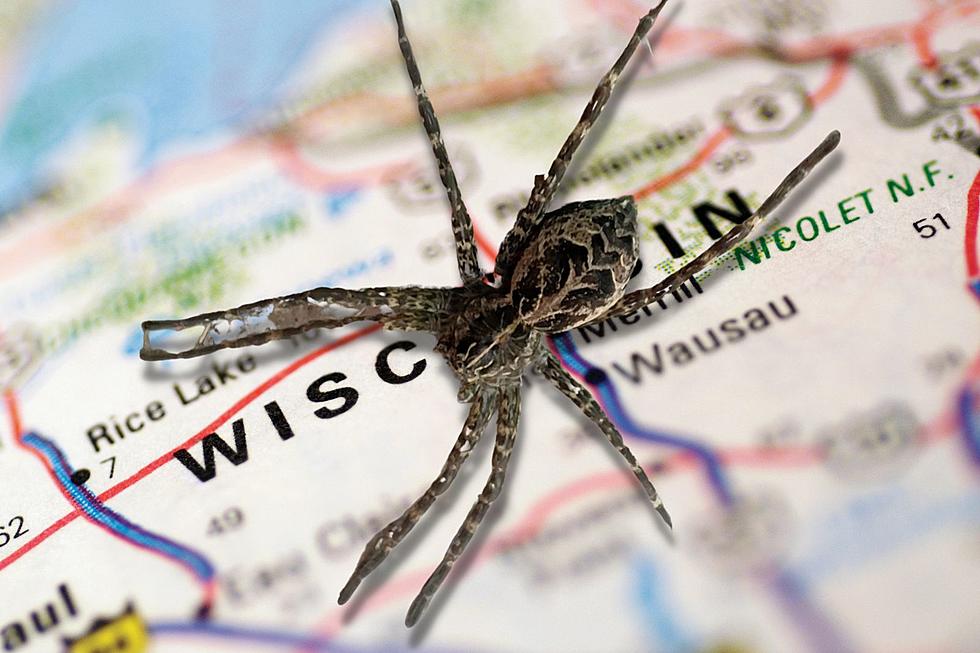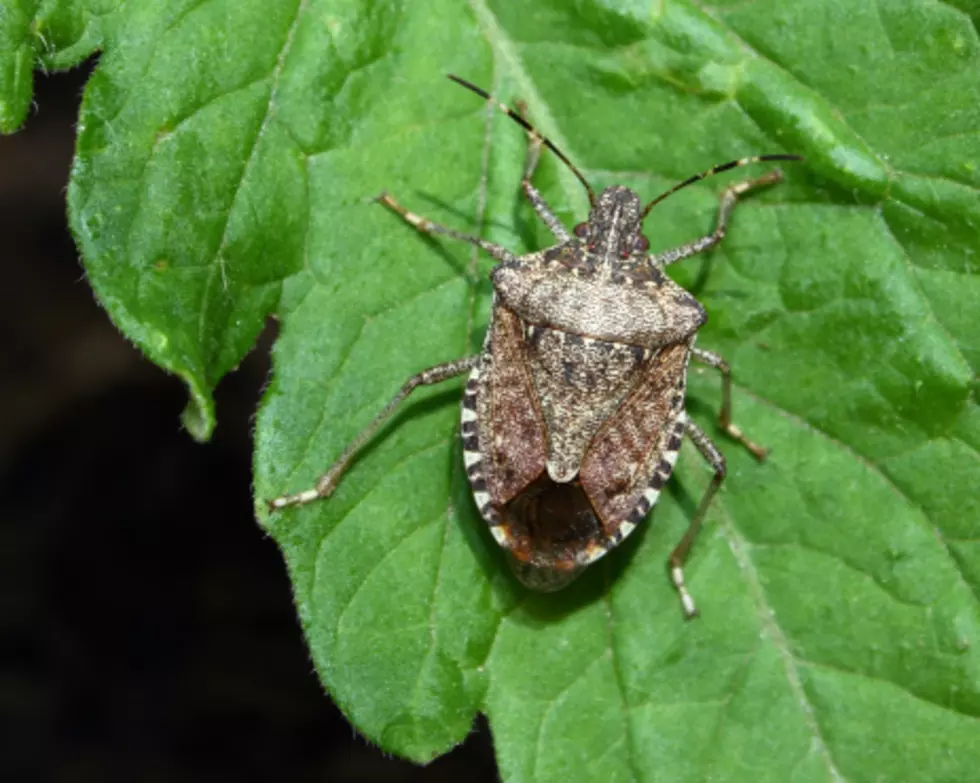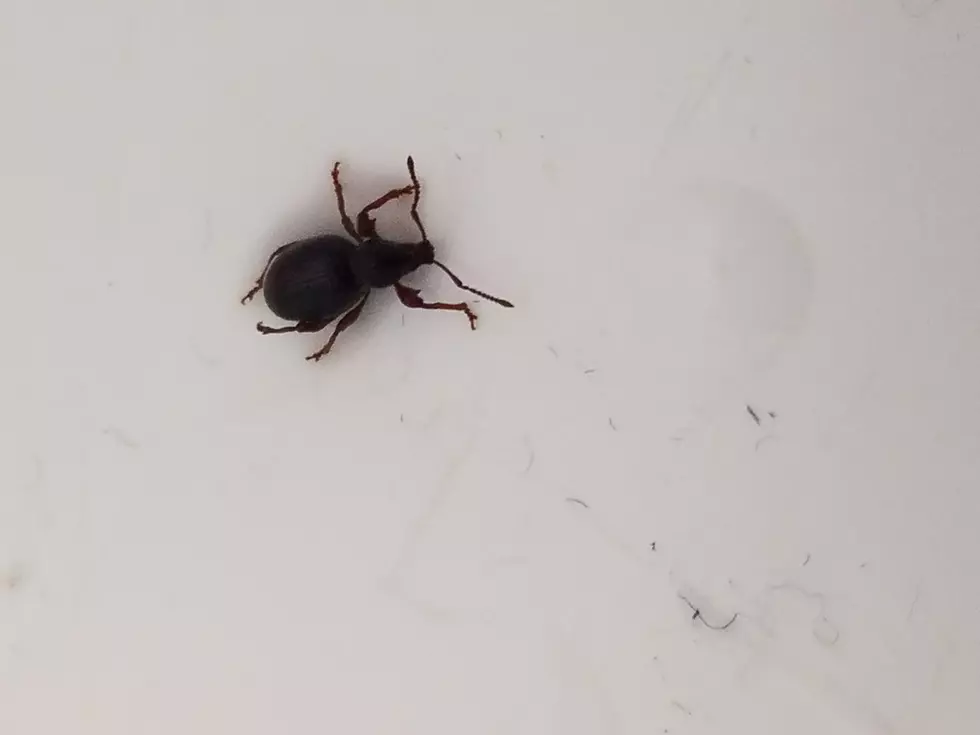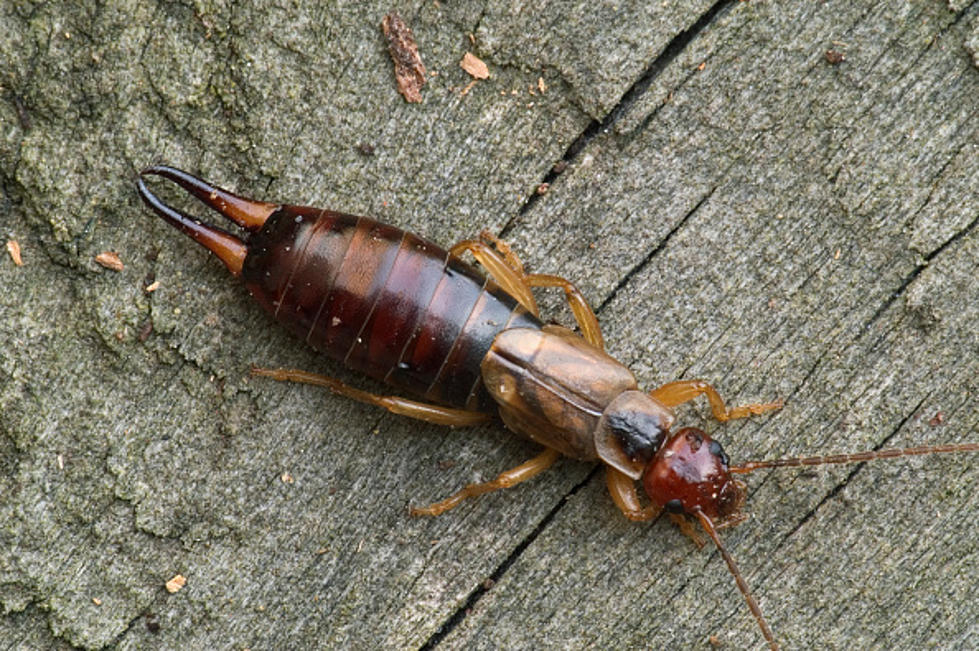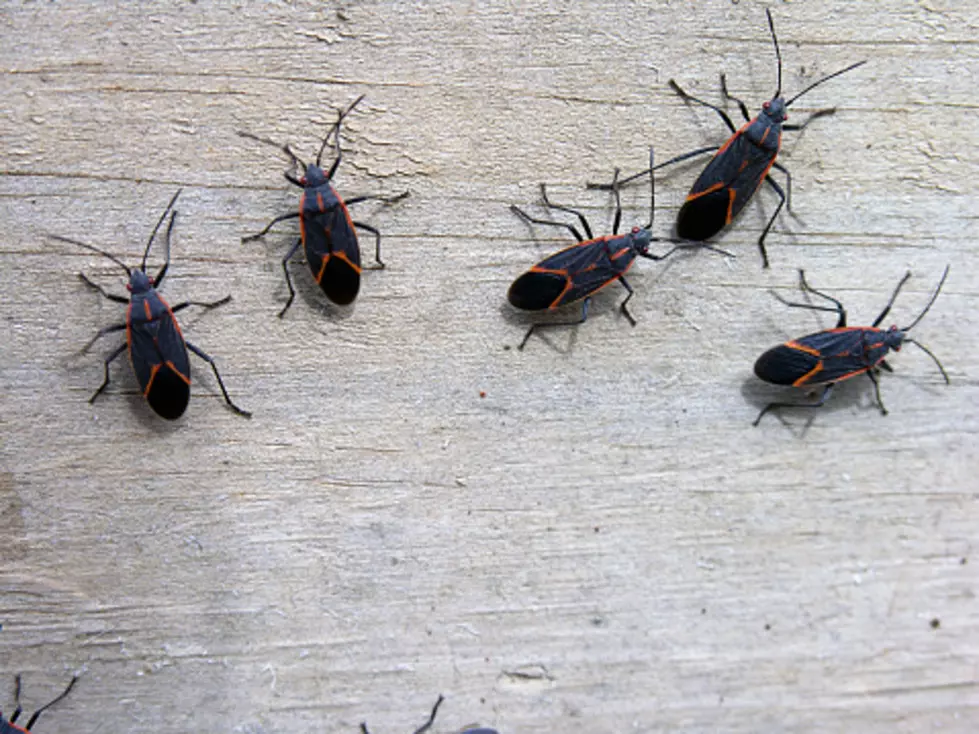
How to Get Rid of Rockford’s Most Prolific Pest
I'm sure the red-and-black insects hanging around your home (or workplace) need no introduction, but just in case, please say hello to Boisea trivittata, also known as the box elder bug.
I'm pretty sure I don't need to ask you if you're encountering these guys, as they seem to be swarming around everyplace I've been for the last week or so. We've got them all over the windows and siding at home, they're crawling all over the outside of the radio station, and a few have even found their way into our broadcast studio. One fell on my head during a sportscast, while another buzzed around the hair of one of our guests, and a few really unlucky ones have ruined a cup of coffee by taking a fatal plunge.
So, what's the deal with these things? From Wikipedia:
These highly specialized insects feed almost exclusively on the seeds of Acer species. The boxelder bug is sometimes confused with Jadera spp., or its western counterpart, Boisea rubrolineata. The name "stink bug," which is more regularly applied to the family Pentatomidae, is sometimes erroneously used to refer to Boisea trivittata. Instead, these insects belong to the family Rhopalidae, the so-called "scentless plant bugs". However, boxelder bugs are redolent and will release a pungent and bad-tasting compound upon being disturbed to discourage predation. This allows them to form conspicuous aggregations without being preyed on.
Okay, that tells us what they are, and who they're related to, but why do they just show up at certain times of the year? And what are they up to?
They may form large aggregations while sunning themselves in areas near their host plant (e.g. on rocks, shrubs, trees, and man-made structures). This is especially a problem during the cooler months, when they sometimes invade houses and other man-made structures seeking warmth or a place to overwinter. They remain inactive inside the walls (and behind siding) while the weather is cool. When the heating systems revive them, some may falsely perceive it to be springtime and enter inhabited parts of the building in search of food, water, and conspecifics. In the spring, the bugs leave their winter hibernation locations to feed and lay eggs on maple or ash trees; aggregations may be seen during this time and well into summer and early fall, depending on the temperature.
So, they don't bite, and they don't sting, either. But, as many of you may have found out the hard way--they stain. Smash one on something light in color, and you'll think that you splattered ink. That stain will come out of some things if you act quickly, but with other items, you're keeping that stain.
Which brings us to the getting rid of them part. What's the best way? It's actually surprisingly simple:
More From Rockford's New Country Q98.5





